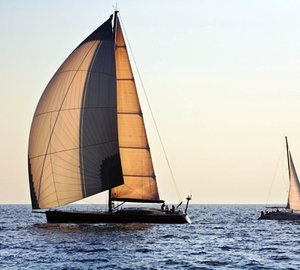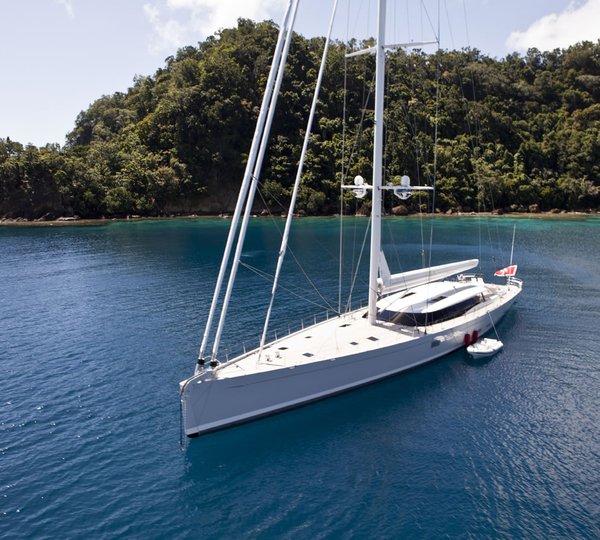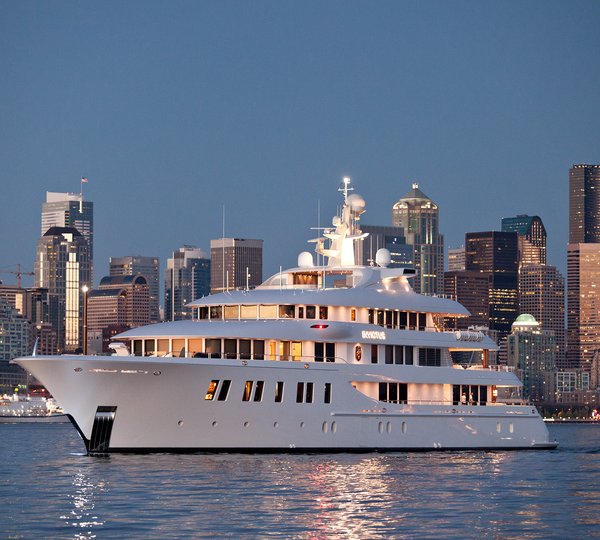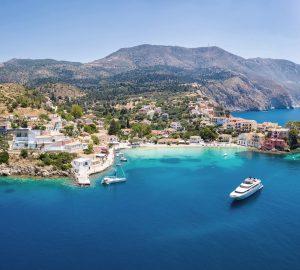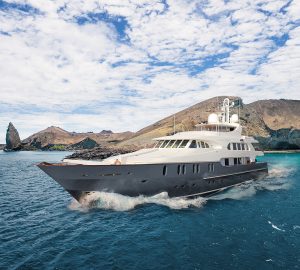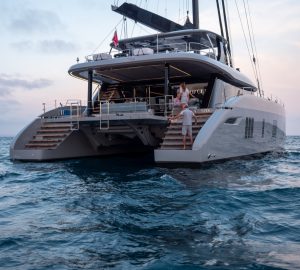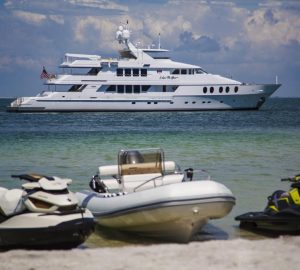The notion that computer models have matured to the point where physical wind tunnel as well as tank test experiments have become obsolete in high performance yacht design are a bit naïve, as stated by Len Imas from the Stevens Institute of Technology in the USA.
Much of the ongoing discussion in the yacht design community is about achieving virtual tank and wind tunnel computer simulations that will ultimately be accurate enough to do away with traditional experimental approaches.
Some areas of design are reaching that point, but as boats get faster or more sophisticated the ability of computer models to produce reliable predictions for yachts that plane, or how they will behave in a seaway is either reduced, or demands enormously expensive processing runs – or both.
Imas, who is involved with the Emirates Team New Zealand design programme, told the Fourth High Performance Yacht Design Conference in Auckland that the new AC72 wing catamaran yachts posed difficult challenges in boats that had never been built before.
They involved geometric complexity, unconventional hull and appendage shapes and increasing operating envelopes. “The reality is that you have to validate the codes,” he said.
“We need experimental data for many reasons. The most important reason is that we don’t have standard validation benchmarks for yachts of this type. This is not like the auto or aero-space industries where they have standard test cases that have been wind-tunneled to death and have been simulated to death.
“We have a changing design environment, so basically our benchmarks are constantly changing. CFD alone is not enough.”
Taking the case of the hard wings in AC72 yachts, Imas noted that they were similar in size and structure to an Airbus A380 wing. He recounted a recent presentation by an aerodynamicist from Boeing Corporation, who said one of the biggest challenges they faced was dealing with low speed aerodynamics of a multi-element wing.
“This is the same problem we are dealing with,” said Imas. “We are dealing with the same problems that large aerospace corporations are dealing with. We are not fiddling around with simple problems. The structural and aerodynamic issues with these large lifting surfaces are not fully understood.”
Imas said that a standard lift and drag analysis was not too difficult. “But,” he added, “if you want to understand the detailed flow through the gap between the main element and the flap of a wing, that is a very expensive problem in computational terms.
“And, if you listen to what the people at Airbus and Boeing are saying, these are the areas they consider to be the grand challenge.”
Compounding the difficulties facing America’s Cup teams is the demand to come up with a product in a very tight timescale. “Our development cycle is in the order of one year, unlike the aerospace corporations who take 10 to 20 years to develop a new aircraft.”
Imas argued that using a combination of tools from the computational side of the equation and from the experimental side would continue to be the best approach for the foreseeable future in high performance yacht design.


